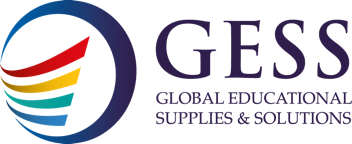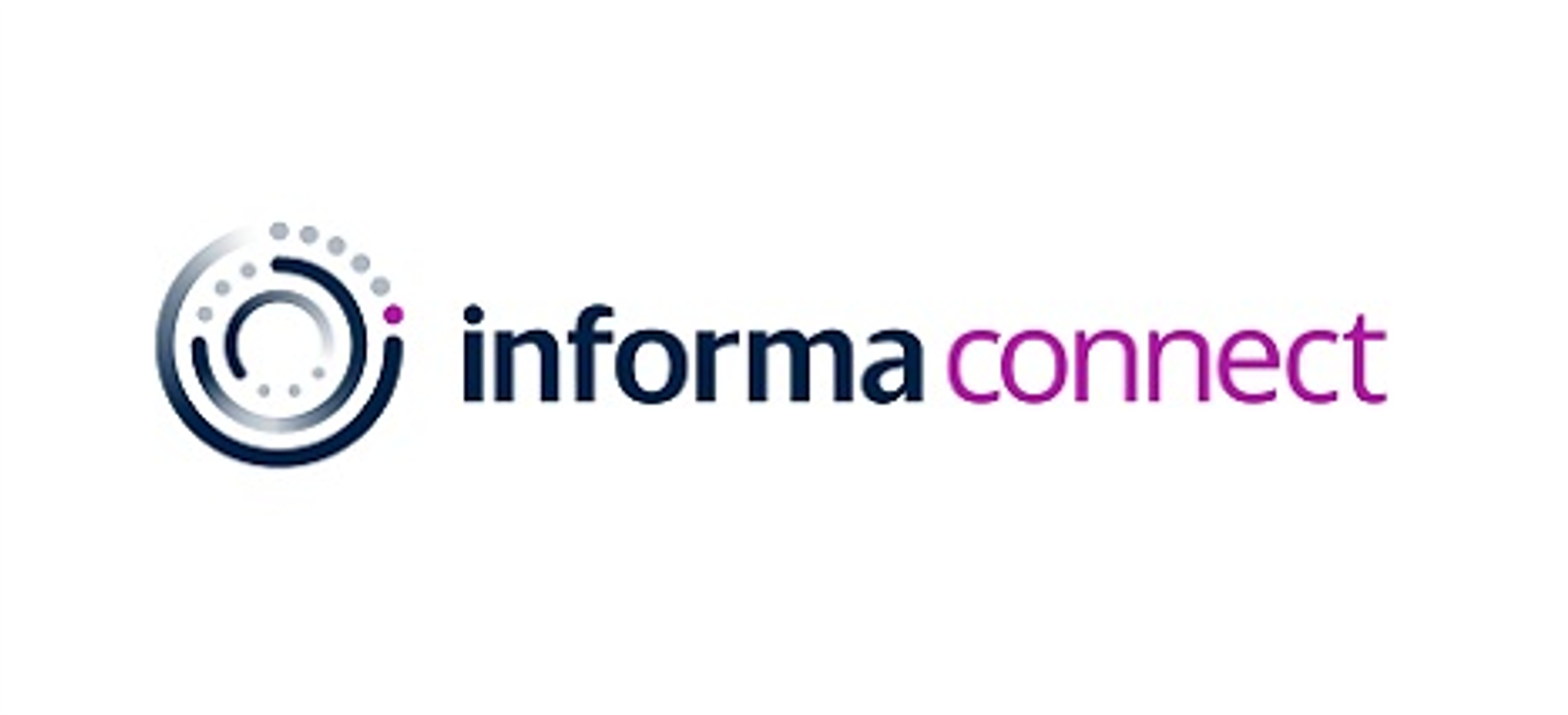Many established organizations have struggled to embrace disruptive innovation, often sticking too long with incremental improvements to legacy systems rather than adopting transformative new technologies and business models. Kodak failed to adapt to the disruption of digital cameras, blockbuster was too slow to shift to online streaming, and ride-sharing apps like Uber and Lyft disrupted established taxi companies. It’s easy to think of our systems of education as behemoths built over centuries which only need to be tweaked to fit an ever-changing world, but are we focussing too much on iteration when we should be exploring innovation?
Education is facing what Clayton Christensen called “The Innovator's Dilemma”. While new technologies and pedagogies offer the potential for transformational improvements in student outcomes and engagement, the system as a whole resists significant change due to the barriers to rapidly adopting these innovations. Legacy systems, entrenched interests, and institutional inertia all conspire to favour iterating on existing approaches over pioneering new models. This not to say that innovation is not happening. Numerous potentially disruptive innovations have emerged in education, from online learning to competency-based progression to personalized adaptive learning platforms.
These innovations promise improved student outcomes, greater equity, and increased engagement by meeting diverse learner needs. However, established institutions face barriers to rapidly adopting such innovations and remain largely focused on an obsolete curriculum, high-stakes testing, and teacher training focused on traditional instructional models, widening an ever-growing skills gap.
Educators wanting to keep at the cutting edge first need to understand what engages students. What are they watching, doing, and playing for fun. That’s the easy part. The difficulty is then authentically incorporating this into a learning setting – kids are the first to see through any attempt to ‘tack on’ a game or activity to a lesson when it doesn’t quite fit. For example, why is it that when children are consuming vast amount of video content, few educational institutions have cracked the formula? One explanation is that schools have their brands to consider and branching out into the rapidly evolving world of TikTok seems foreign and potentially damaging. This is why small EdTech startups and individual educators have the advantage. They have yet to establish their brand and so the risk/reward balance favours the bold.
In the 90s and early 00s Microsoft Encarta out competed Encyclopaedia Britannica due to the difficulty of changing Britannica’s established door-to-door sales business model. Then along came Wikipedia with an even more radical business model – a community written encyclopaedia. Microsoft then decided to go head-to-head with Wikipedia by allowing its users to contribute to entries on Encarta. So how did Wikipedia manage to beat the Goliath that is Microsoft? Wikipedia, as a small startup, was much more agile and did not have to fit its product into established systems and processes, it could invent them as it went along. Whereas Microsoft was so concerned about getting things wrong that their process of contributing was long and complex. Jimmy Wales, Founder of Wikipedia says that in order to innovate “it is important to have a culture that accepts reasonable failure”. As educators we often talk to our students about having the freedom to fail and learn from their mistakes, but do we practice what we preach? To be clear I’m not suggesting we gamble with children’s education but be open to exploring new technologies wherever they may take us.
Iteration is not without its benefits either. Continuous improvement of classroom pedagogy, teacher training, curriculum sequencing, and assessment can incrementally improve student learning. However, an unwillingness to experiment with new models also carries risks. Students disengage from one-size-fits-all instruction. Skills gaps emerge as the economy evolves. Disadvantaged students fall further behind without individualized support. Whilst leaner startups are able to focus on the problems and grow their niche. In short, the Innovator’s Dilemma hits education.
Escaping Clayton’s ‘dilemma’ requires collaboration between educators, technologists, designers, and other stakeholders to develop innovations tailored to student needs. Chris Barton, Co-Founder of Shazam believes that sharing ideas is the only path to success, he said “by sharing an idea you are opening a door in every conversation”. Understanding learner perspectives is also key; innovation for innovation’s sake can create flashy but ineffective edtech toys – just look at the recent explosion of users on Threads followed by its rapid decline in user activity only a few weeks later. So why do emerging technologies like ChatGPT endure when new apps like Threads fail? Vriti Saraf Co-founder of K20 Educators, and Ed3 DAO believes it is due to its ease of access and its ability to provide quick wins. She believes that because ChatGPT’s “user interface requires zero onboarding” and that “AI can solve many types of problems in many types of ways” is the key to why we are reacting differently to AI than any other technology in the past 30 years.
Effective teacher professional development also ensures new tools integrate with solid pedagogy. Cottesmore School with their recent AI conference and the Warwick Schools Foundation with their Future Fwd events are paving the way for innovation by driving the conversation about new technologies and pedagogy in order to inspire educators to push the boundaries of education.
With the right balance of iteration and innovation, prioritizing people over technology, education can harness disruptive innovation to empower the next generation of learners. But this requires overcoming institutional inertia. By starting from student needs and enlisting broad collaboration, schools can meet the innovator’s dilemma head-on and unlock the promise of new models. As we head in into the new academic year and you are undoubtedly iterating and building on previous successes, and exciting tools such as AI and immersive learning technologies become more accessible, there has never been a better time to break the mould, now is the time to innovate.
Author : Carl Morris, Co-Founder The Online School


